Bearberry is renowned for its ability to be a traditional herbal for bladder problems. It can also be a beautiful ground cover. Read on to know how to grow it at home, and what it is usually used.
Bearberry: Overview

Bearberry is a creeping evergreen sub-shrub that is often found in the northern half of the United States. As the name suggests, this small plant is a favorite of wildlife, especially bears, although it is quite astringent.
Arctostaphylos uva-ursi, bearberry scientific name is also known as kinnikinnick, meal berry, hog cranberry, and sandberry. It goes to the Ericaceae group.
Bearberry leaf is quite small. It is usually 1/2 to one inch long and 1/4 to 1/2 inch wide. It is normally dark green with smooth margins which will turn into bronze in the fall.
The flowers of this particular berry are small and look like a cluster of tiny white or pink bells. They usually appear in April or May. Inside them are a quarter-inch round red fruit looking like a berry which lasts from fall to the next spring.
Its old stems are reddish-brown or gray and fairly smooth. However, the new ones are usually redder and covered with smooth hair.
As seen, this fruit has the shape of a dense mat. Therefore, it is usually used as a ground cover that conceals a large plot of poor soil.
However, you will notice that it grows slowly in the first year, which is normal. Once it is established, it will spread rapidly to 6 or 12 inches tall and 3 to 15 inches wide to create mats covering a lot of ground space.
Different from other berries, this kind of berry is not fussy at all. It can even survive in poor or sandy soil that lacks nutrients where lawn and flower beds cannot live.
So, if you are looking for a low-growing perennial that can cover your sandy ground without the hassle, bearberry would be your greatest bet.
Best Conditions for Bearberry to Thrive
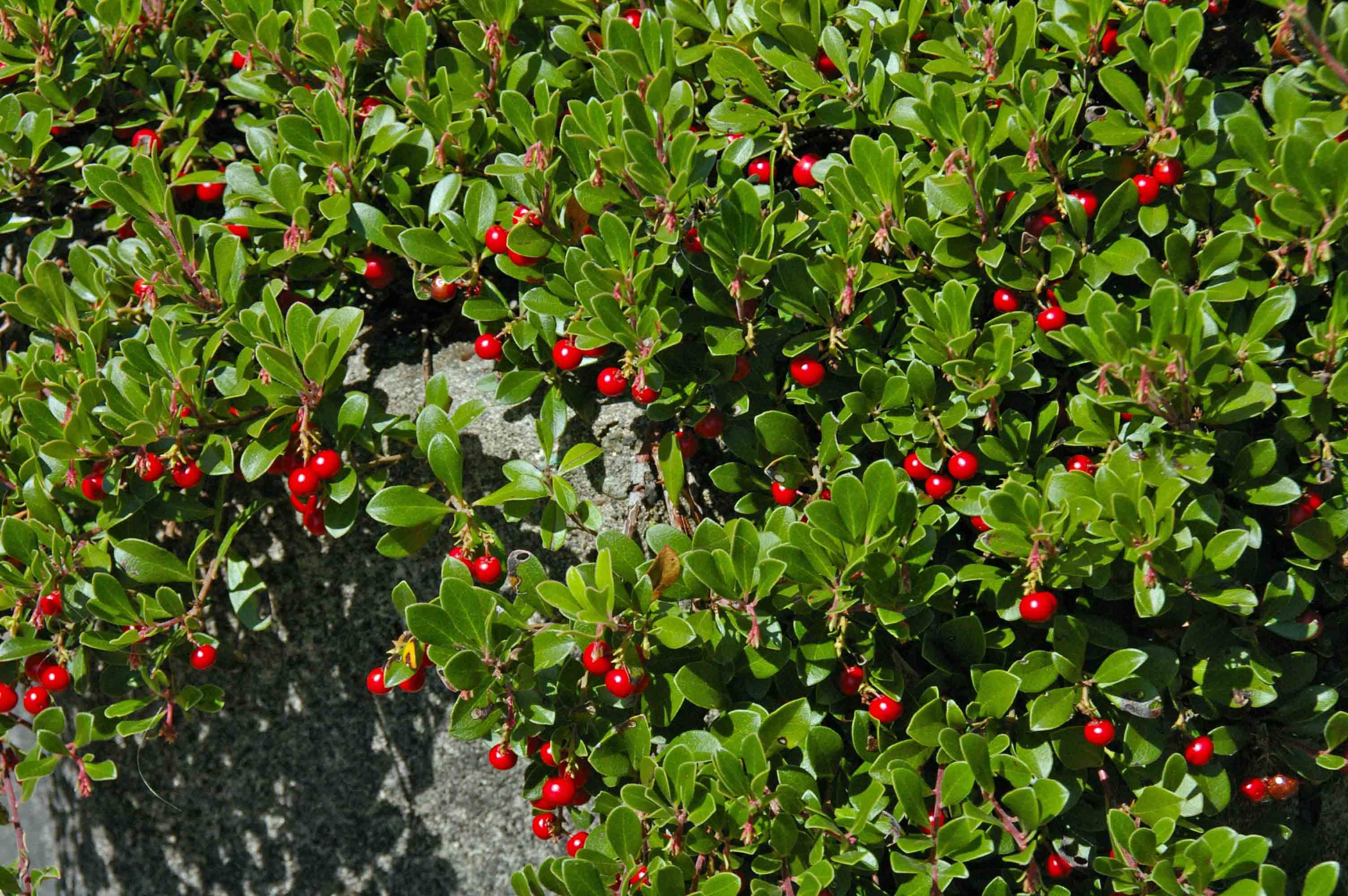
Bearberry is hardy. It can grow in areas that lack nutrients. It can even thrive well along sandy and rocky areas, such as shorelines, ridges, slopes, hilltops, and in sub-alpine and mixed woods.
This hardy perennial can live in zones 2 to 6. Therefore, it is widespread in all provinces and territories in Canada.
You need to plant this sandberry in an area that received full sun. If it is hard to do, the light shade will do in a pinch.
Intermezzo: is cucumber a fruit ? Check the answer right now.
Design Tips for Bearberry

If you happen to live near the coast or in cold urban areas which tend to have salted roads, you might find it hardー or even impossible ー to grow a lush green lawn with beautiful flower beds.
Do not let the poor soil hinder you from having spectacular landscaping. You can grow sandberry in place of turf.
Bearberry can make a great ground cover in a garden near the coast as it is resistant to salt. It stays low to the ground making a perfect coverage as it spreads out widely. Unfortunately, you have to be patient as it grows slowly using the surface rhizomes.
Unlike a lawn, this berry will give your garden spectacular landscaping without breaking a sweat. You do not mow it or prune it regularly. It can even attract hummingbirds and butterflies, which can be a pleasing view.
To create a dramatic look, you can plant sandberry along a rock wall. This evergreen sub-shrub will cascade down over the edge.
Growing Tips
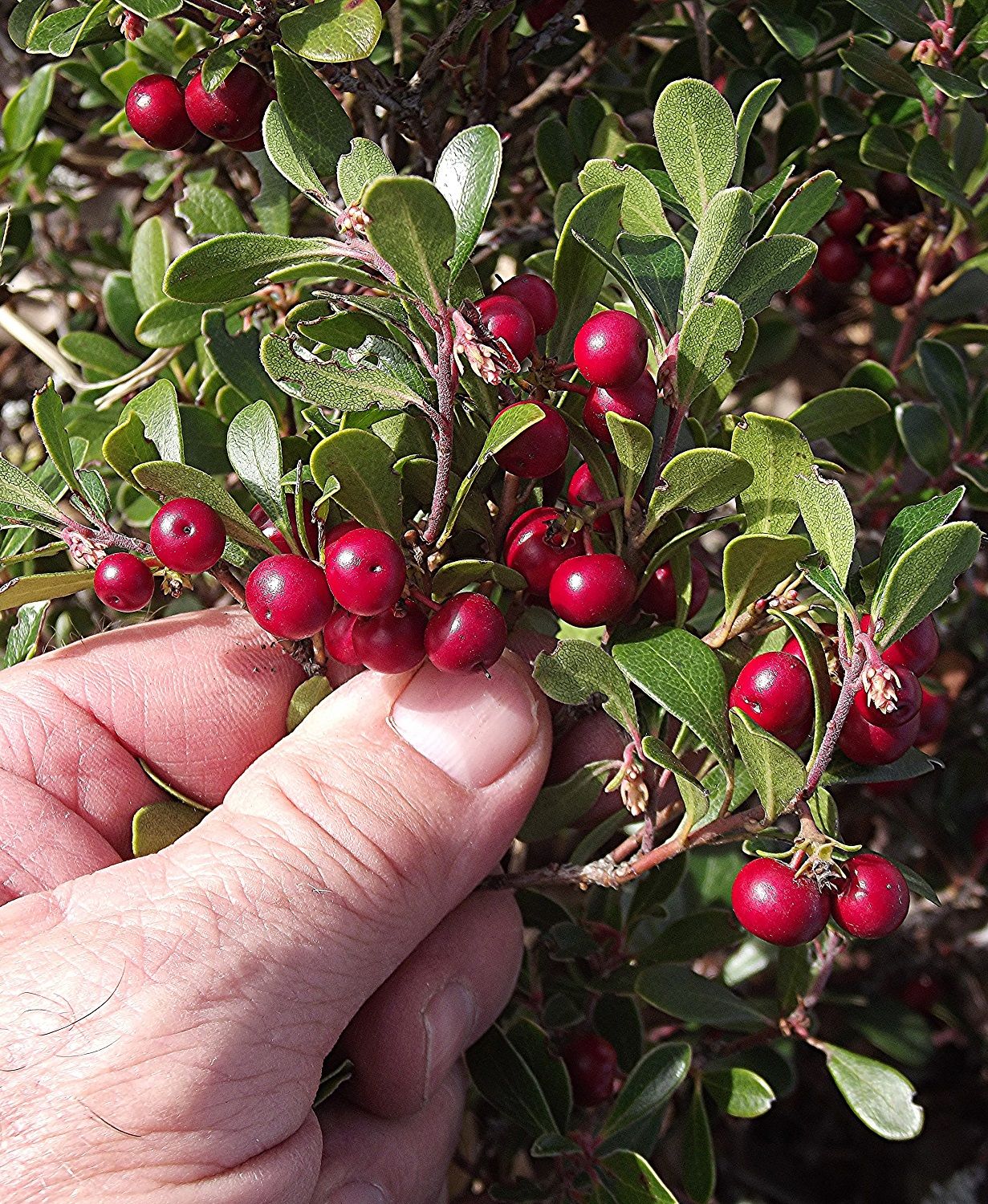
Bearberry is hardy and can tolerate poor soil. However, it does not mean that transplanting and establishing it is just a piece of cake. But, it requires a certain pH soil to thrive well.
If you are going to plant them, make sure that the soil is acid with a pH between 4.5 and 5.5. The truth is that not all regions can fulfill this requirement. You can find this condition in North America, Asia, and Europe.
You will also have to ensure that the area is not too hot as this sub-shrub cannot put up with high heat.
Planting bearberry can be done in two ways. First, you can do it through stem cuttings. Clip off the stems, then dip them thoroughly into rooting hormone powder.
After that, you can begin to plant them to moist sand so that the roots can establish. By propagating them, you can cover the ground more quickly.
Another way to grow sandberry is by planting the seeds. But you have to store them in a fridge for about 3 months beforehand.
Do not forget to rough up the outside of each seed. You can use a file to do this. After that, you can begin to bury them in the soil.
Planting bearberry from seeds is quite effective. It is slow, though. If you want to see the results soon, you had better opt for the first method.
This plant does not require regular maintenance once established. You do not even have to water it every day, which is good for a busy person
Pests and Diseases
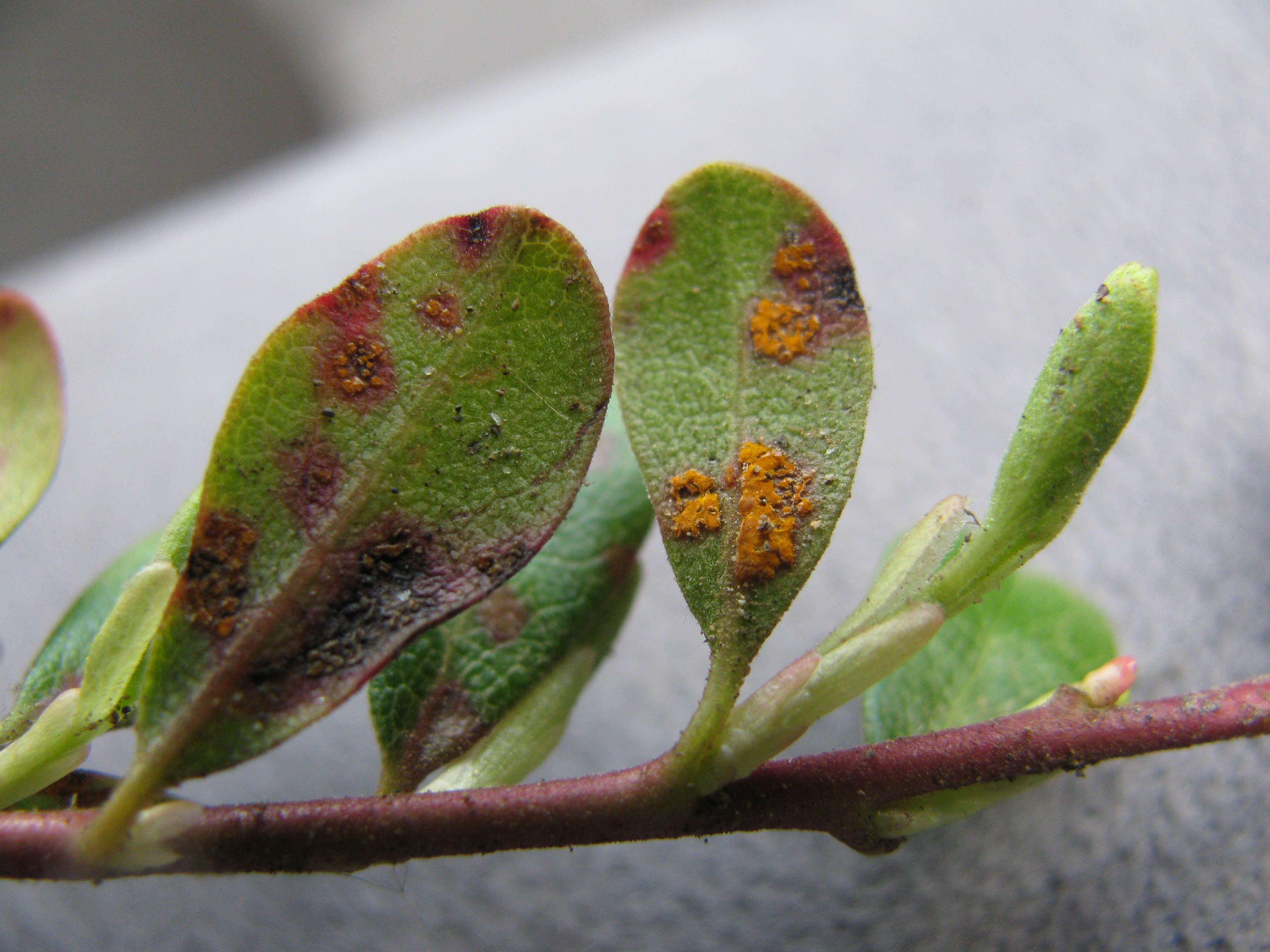
Just like any other plant, this berry also has problems with diseases. It is prone to winter burn. The leaves are turning brown, and then dry.
To overcome this problem, you can try using an anti-desiccant spray. It is a wax-like coating that helps to avoid moisture loss in the winter.
Bearberry Uses
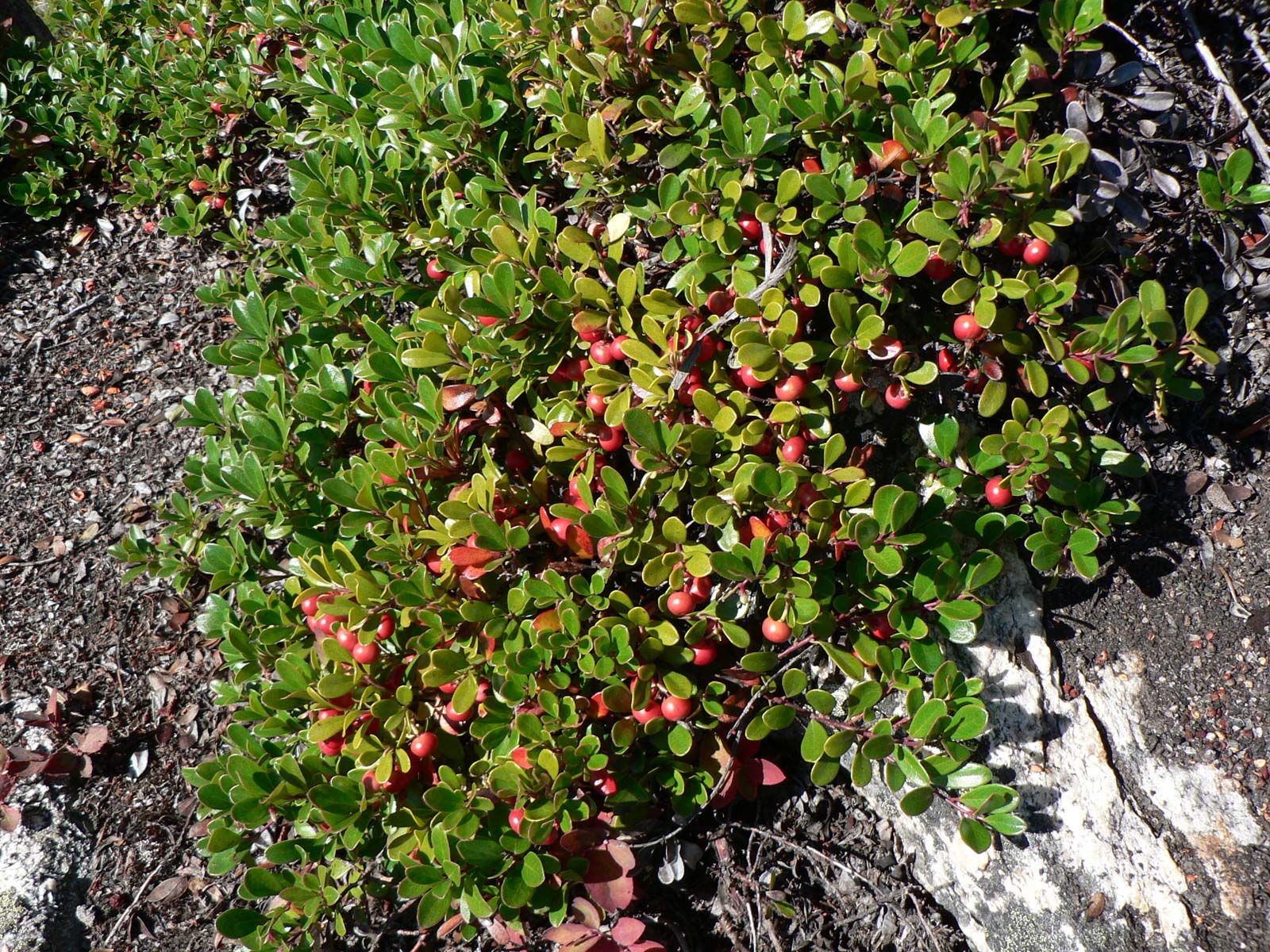
In addition to becoming a perfect ground cover that can replace a lawn, sandberry also has some other benefits.
The Aboriginal people that roamed North America used to use this evergreen sub-shrub as an ingredient in their smoke mix. That is the reason why it is called kinnikinnick which means “smoking mixture”.
Another prominent use and facts of this plant are bearberry is edible. Not only bears and wildlife but also human beings can eat it.
It can also be traditional herbal medicine for some health problems, such as itchy scalps, urinary tract infections, and bladder problems. You still have to consult your health professional before taking it for medicinal purposes, though.
Precaution
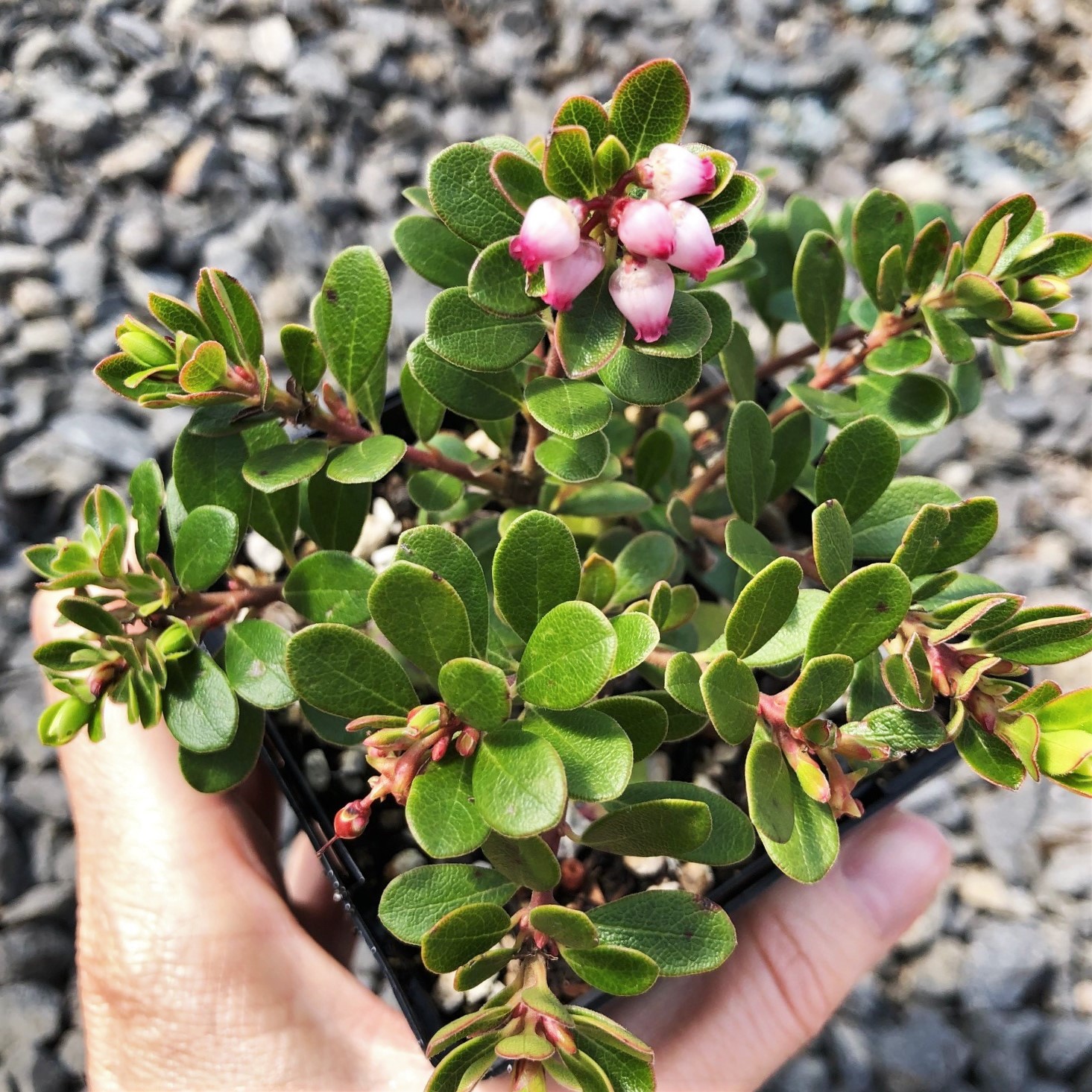
Although bearberry can be found in many places and is available in nature, it does not mean you can use it for medicinal reasons without checking with your doctors or pharmacists.
Tell your doctor whether you are taking another medicine or going to be pregnant as this plant may interact with other substances.
You are not suggested to take it as medicine if you are allergic to bearberry, have kidney disease or stomach irritation, are pregnant, or breastfeeding.
How to Use Bearberry
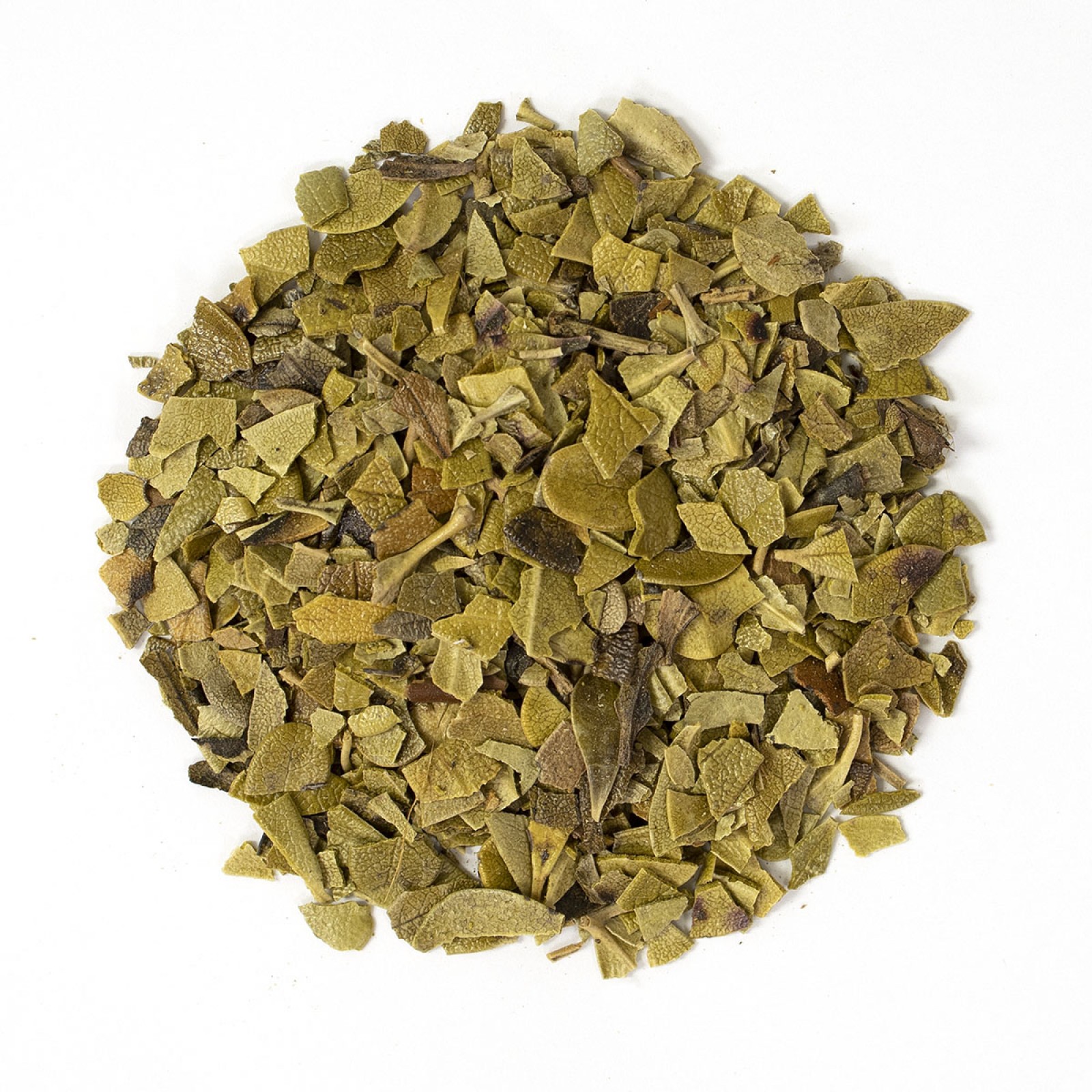
Realizing the benefits of this evergreen plant, many people begin to make bearberry extract. It is considered more efficient and easy to use.
Although you can get bearberry tea easily in a drug store or supermarket, it is always essential to ask your doctor or health care provider about the exact dosing instructions.
You are suggested to use it as directed on the package. You can have more doses only of the doctor said so. Taking it too much may lead to other problems.
If you take this fruit daily and happen to miss taking a dose of it for 1 or even more days, you do not have to double it. If you want a daily fruit, dragon fruit taste maybe suits your case.
Safety Information
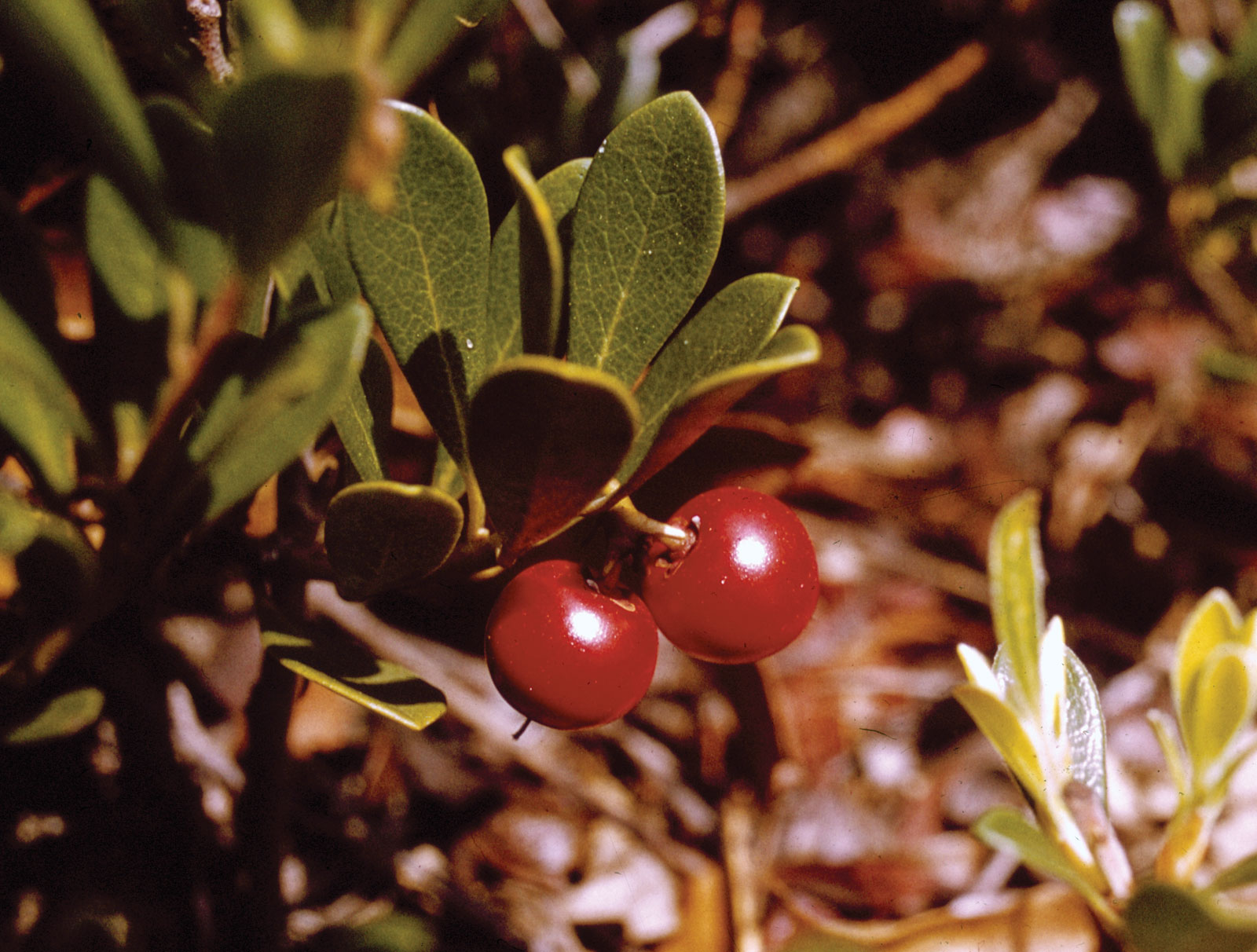
Before taking bearberry as your traditional herbal medicine, please kindly consider the following things below.
- While taking sandberry, you will find that your urine has turned a greenish color. It is perfectly normal, fine, and thus nothing to worry about.
Make sure that you tell the lab technicians and doctor beforehand when you are asked to give a urine sample.
- Before taking a new medicine – either prescription or over-the-counter –, see your doctor first. Even if you are going to take vitamin C, which contains ascorbic acid, you still need to check with your health care provider.
- The Food and Drug Administration (FDA) has not approved bearberry extract as a safe and effective medicine that can be taken by any medical condition.
Bear in mind that the safety issues of prolonged consumption are not known yet. Therefore, you must see your doctor before taking it.
- These goods may be unsafe for kids. Therefore, do not take this herbal medicine if you are pregnant or breastfeeding.
The Side Effects

All medicines cause side effects, and so does bearberry used as traditional herbal.
The side effects that you may encounter while taking bearberry are green urine, stomach discomfort, and nausea, which are not a big issue.
Severe side effects, such as rash, hives, difficulty breathing, itching, tightness in the chest, swelling of the tongue, mouth, face, or lips, dizziness, muscle cramps, irregular heartbeat, ringing in the ears, vomiting, and dark purple skin discoloration have not been reported yet.
Although you have not heard about people who experience severe side effects after taking bearberry yet, it does not mean you can consume it as your traditional herbal medicine as you please without consulting your health care provider.
Now you know that bearberry is not merely a ground cover that can be as charming as the green lawn without causing you too much trouble. It turns out that it can be great herbal medicine. But you always remember to check with your doctor before taking it.